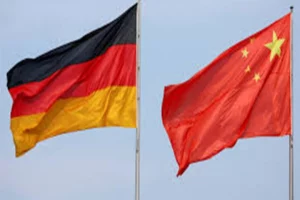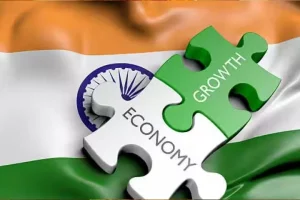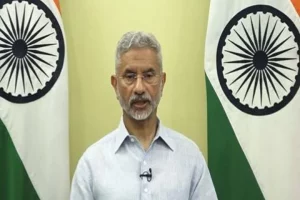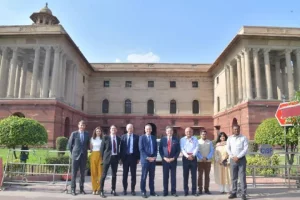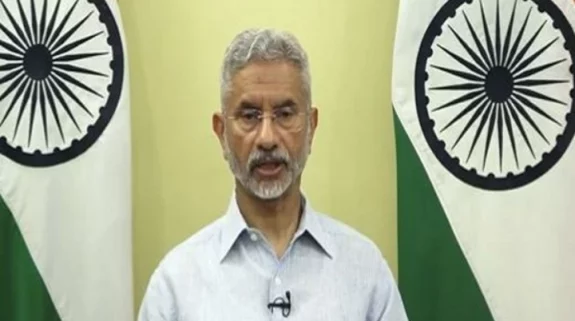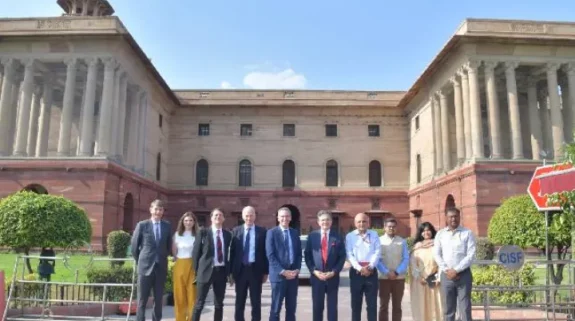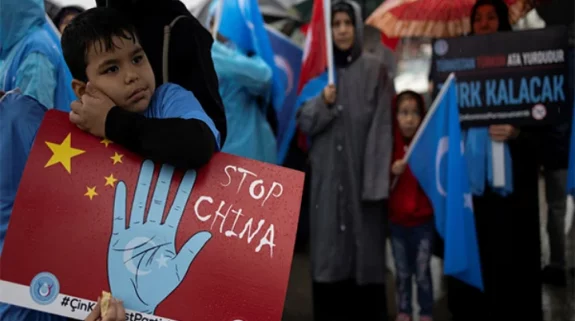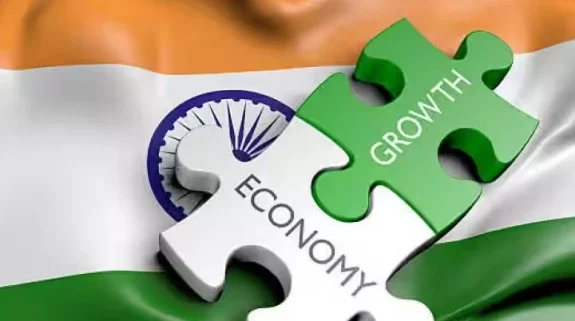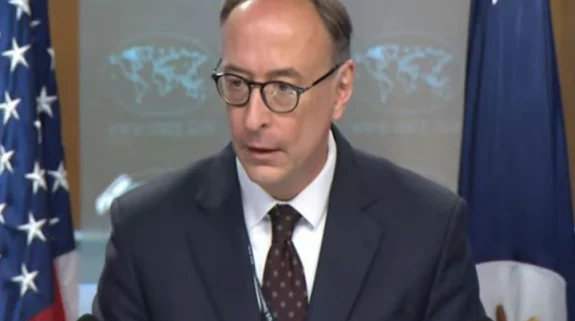The conversation between Prime Minister Narendra Modi and his Bangladeshi counterpart Sheikh Hasina on Thursday has spotlighted a common obsession—cross border connectivity that would enable to the two countries to reach out to Southeast Asia.
During the December 17 virtual dialogue—a day after both countries celebrated the 49th anniversary of Bangladesh’s liberation–Prime Minister Hasina flagged Dhaka’s interest in joining the India-Myanmar-Thailand trilateral highway, which is under construction.
Bangladesh can take advantage of its geography by adding a spur from its territory to link-up with the Asian trilateral highway. The trilateral highway starts from the border town of Moreh in India’s Manipur state.
On entering Myanmar, it heads for Mandalay, the historic city, on the east bank of the Irrawaddy River, 471 km away. From Mandalay, Myanmar’s last royal capital before British annexation, the highway heads towards the Thai border, with Myawaddy being the last destination on the Myanmar side.
<strong>Read also | <a href="https://indianarrative.com/opinion/modi-hasina-put-a-stamp-to-a-new-era-of-india-bangladesh-ties-44534.html" target="_blank" rel="noopener noreferrer">Modi, Hasina put a stamp to a new era of India-Bangladesh ties</a></strong>
Myanmar’s officialdom is emphatic that Myawaddy — the gateway to ASEAN — has huge potential as it can be easily connected with the Yangon deep water port, as well as the Andaman Sea. The 1,360-km route terminates at Mae Sot in Thailand, 20 km away to the northeast.
By connecting with the trilateral highway, Bangladesh will achieve a larger strategic objective—of reaching out to Da Nang in Vietnam.
This is possible because Myawaddy is the starting point of another cross-border highway, with a substantial Japanese input. Myawaddy is the junction of the two projects. It is the starting point of the East West Economic Corridor (EWEC), which heads towards Da Nang in Vietnam — a port city on the South China Sea.
During the Vietnam War, today’s Da Nang International Airport had become one of the world’s busiest aircraft hubs from where the U.S. Air Force launched its infamous bombing campaigns.
The 1,450-km EWEC route passes through Thailand’s Province of the Mukhandan — the gateway to Laos, which is connected by the 1.6 km-long Second Thai-Lao friendship bridge over the Mekong, built with Japanese assistance.
From Savannakhet in Laos, the next strop in the corridor, the passage heads east towards Da Nang, 486 km away. On the way, the Japanese have also been involved in constructing the 6.28-km Hai Van tunnel, the longest in Southeast Asia, which links Hue, a city in Central Vietnam, with Da Nang.
<strong>Read also | <a href="https://indianarrative.com/india/brahmaputra-bridge-will-link-bhutan-with-vietnam-33722.html" target="_blank" rel="noopener noreferrer">Brahmaputra Bridge will link Bhutan with Vietnam</a></strong>
The new cross-border routes can compete with new connectivity initiatives that are marshalled by China under its Belt and Road Initiative (BRI).
The website dailyasianage.com is reporting that Dhaka is also looking for transit from India for trucks destined for Nepal and Bhutan.
During a media conference following the virtual summit, Bangladesh’s foreign minister pointed nailed the advantages of joining the trilateral highway. "A road belt consisting of India, Myanmar and Thailand is under-construction. India proposed to us earlier to join it. But the then Khaleda Zia-government refused it. Our trade and commerce will see a boost if the road is built. We need to be involved in the road belt considering our strategic interests,” he observed.
The website stressed that during the summit, the two leaders discussed the Bangladesh, Bhutan, India and Nepal (BBIN) network, which covers transportation, water resources management, power and infrastructure among the four countries.
Analysts say that Bangladesh’s entry into the Asian highway initiative could also back Dhaka’s outreach to Bhutan.
With Bhutan at the back-end, construction of the 19-kilometre Dhubri-Phulbari bridge connecting Dhubri in Assam with Phulbari in Meghalaya, on the doorstep of Bangladesh was cleared last month. The flagship project, acquired sharp focus, after a 2018 agreement between India and the Japan International Cooperation Agency (JICA), for the infrastructure development of the north-east..







